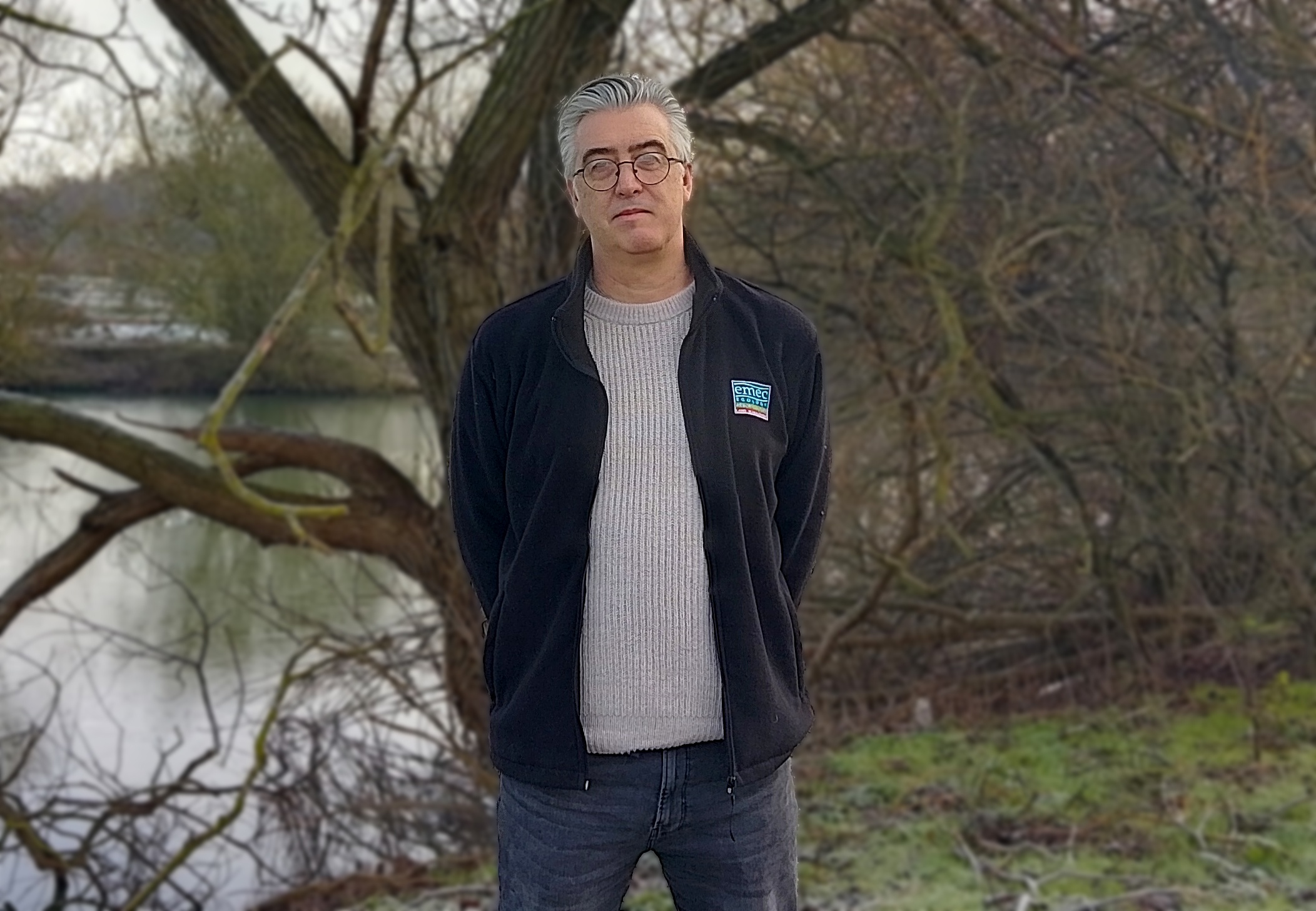Award-winning entrepreneurial leader Leanne Bonner-Cooke MBE answers questions from Real Entrepreneurs' Club members
Members of the Real Entrepreneurs' Club gathered last week for an exclusive dinner event that combined great food with invaluable insights. The highlight of the evening was a Q&A session with Leanne Bonner-Cooke MBE, a renowned entrepreneur and thought leader and managing director of LBC Mentoring. As the guest speaker, Leanne shared her journey, challenges, and wisdom, all based around aligning leadership with organisational culture, with a captivated audience. While this event was open only to Club members, we’re excited to reveal some of her most impactful answers, offering those outside the room a glimpse into her entrepreneurial mindset. Here are the questions from the audience and the answers Leanne shared.





